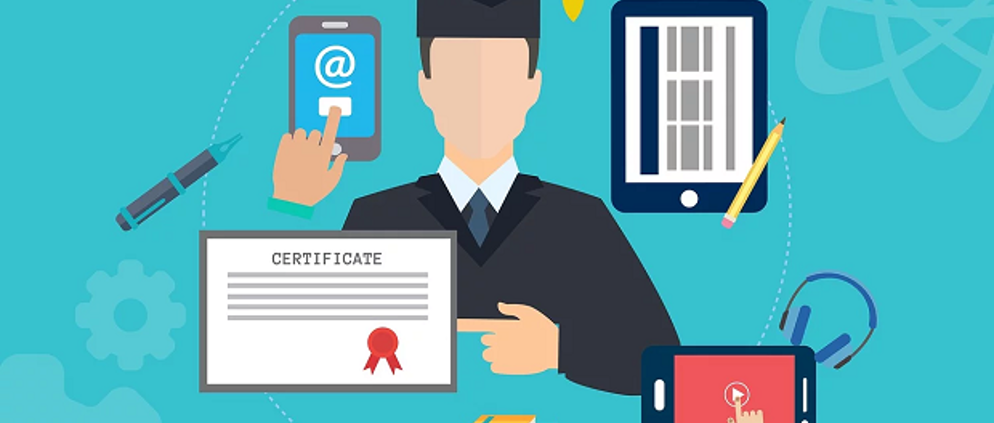Top 5 Trends of Education Technology for 2020
In 2020, significant changes in education, especially higher education, will take place due to the rapid change in technology. Higher Education across the world is on the verge of getting disrupted because of technological advancement.
Technology will play a key role in education, delivery, content distribution, and the assessment of students.
Higher education institutions might become outdated if they don’t adopt emerging technologies and trends to teach their students. Technology can help higher education become more dynamic, relevant, and connected with the real world. Education technology can help to eliminate current barriers of providing quality education to all across the globe.
This action is something that can positively change the world.
Here is our list of Top 5 Trends of Education Technology for 2020:
1) Video-based learning
Video-based learning is becoming increasingly popular with younger generations. YouTube is the preferred educational medium of Generation Z. More than 2.3 billion people are active on YouTube and watching various videos for entertainment and education.
Video content will become the primary medium for learning purposes. Watching videos will increase the student’s understanding and learning retention process instead of reading long paragraphs. Video-based learning can be especially useful for background information or material that usually would take a lot of time to learn by reading a textbook.
2) More immersive education
Extended reality encompassing virtual, augmented, and mixed reality brings immersive learning experiences to students no matter where they are. A lesson about ancient Egypt can literally come alive when a student puts on a VR headset and walks around a digital version of the time period. This can make education more entertaining, and therefore, more effective for students. Audio/video/visuals improve knowledge retention drastically.
These technologies are still expensive to produce and distribute, but they are rapidly moving towards being affordable and mass-produced. Virtual Reality (VR) is becoming a cost-effective tool to experience learning rather than a passive form of learning. It is becoming cheap day by day. The main reason for this is that VR technology is being majorly used in the gaming industry, and they are continually developing these technologies.
3) Artificial Intelligence (AI)
AI is likely to be the most popular in the year 2020. The implementation of AI has got many useful perks for education.
Facial recognition is one of the forms of AI where the institution can easily track attendance of the students based on capturing photos on each day.
AI-powered auto proctoring can help with conducting exams without any physical human intervention and prevent cheating as well.
AI can also help performance evaluation of the students or a group of students. The entire information on student exam performance can be analyzed using various data analytics algorithms. It can provide useful insight into student performance, and it can help reduce bias from the personalized feedback to the students. This higher level of personal learning proves to be of great importance for every student.
4) Learning platforms
Online learning platforms like YouTestMe are designed to make learning more convenient for students. With such software, you can access all your course materials, submit assignments, receive feedback, and check your grades all in one place. It’s convenient and simple to use, which boosts the learning motivation for students.
Online platforms are beneficial not only for students but for educational institutions as well. Online exams are helping institutes to automate and simplify the examination and overall assessment process for students. Online assessments can help in speeding up the total time taken for the evaluation process. Learning platform can free teachers up from administrative tasks such as grading and testing to develop individual student relationships.
5) Personalized learning
Traditional classroom-based learning is becoming obsolete. Today, creators of products and services are trying to create a personalized offer to every individual. Products and services can also be distributed to the individual online, which removes location, device, and timing constraints.
Similar to it, education delivery or learning processes must be personalized. Traditional classroom-based lecture processes may not help each individual. Personalized education isn’t a novelty, but the technology used to achieve it is much better. Teachers can access a variety of learning tools through technology to give students differentiated learning experiences outside of the established curriculum.
Personalized learning can help students to learn and understand topics in their own individual speed.
Summary
Educational institutions need to keep track of these trends and quickly adapt to changing technology and implement it effectively. With these changes, they can improve the education system and their brand image as well.
Step by step approach of adopting these technologies can help a long way for improving higher education integration with the industry-relevant knowledge base.







